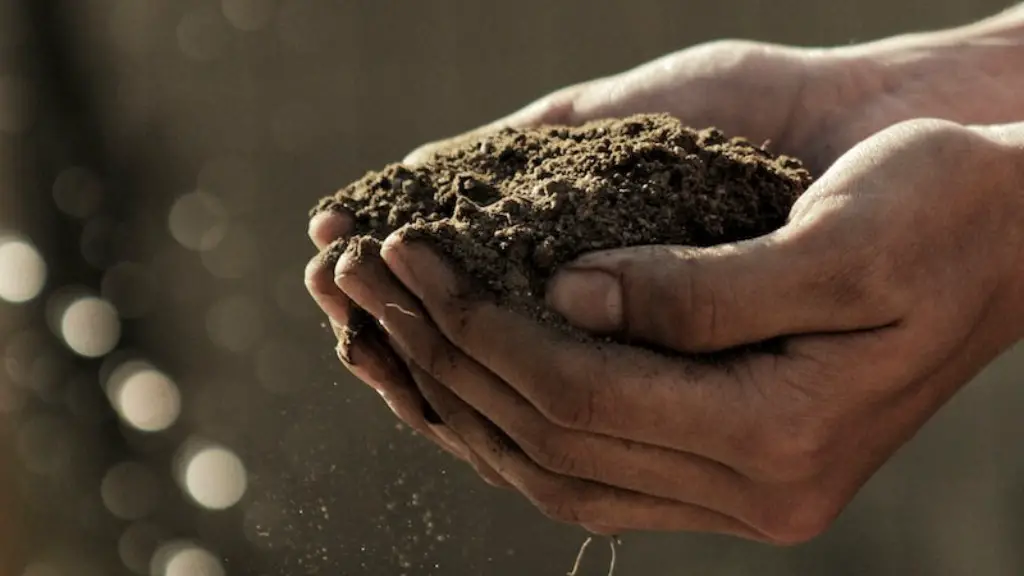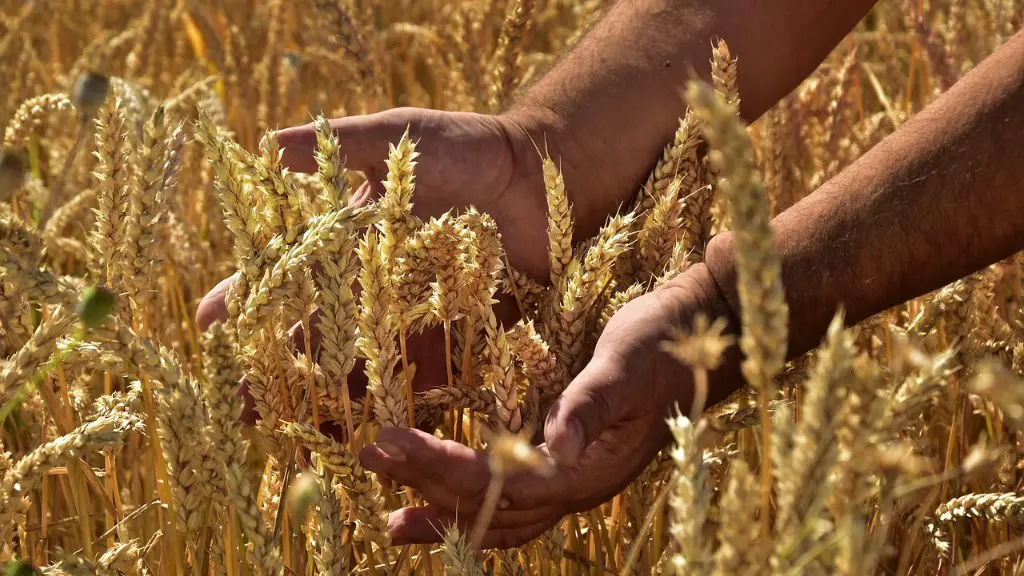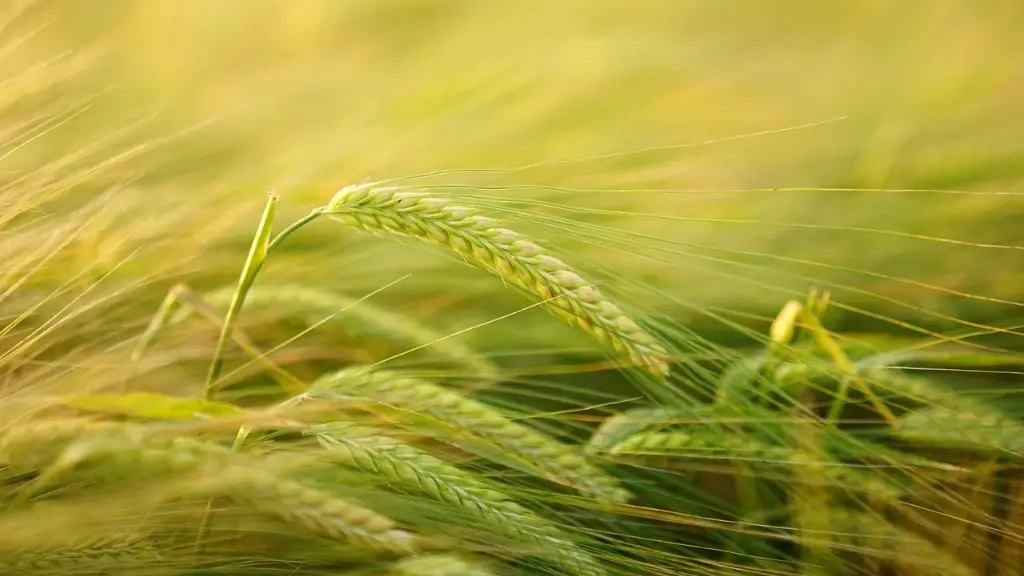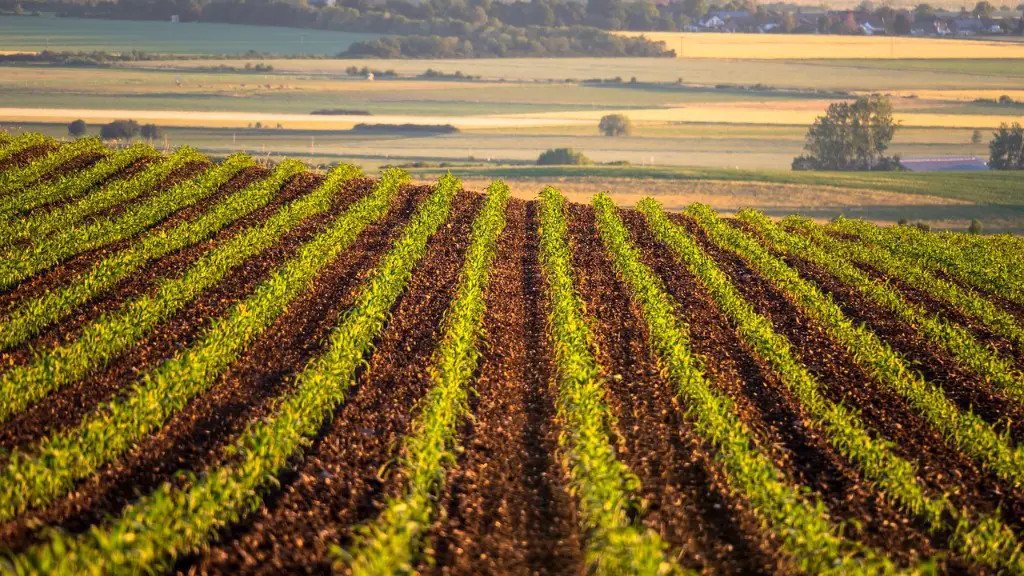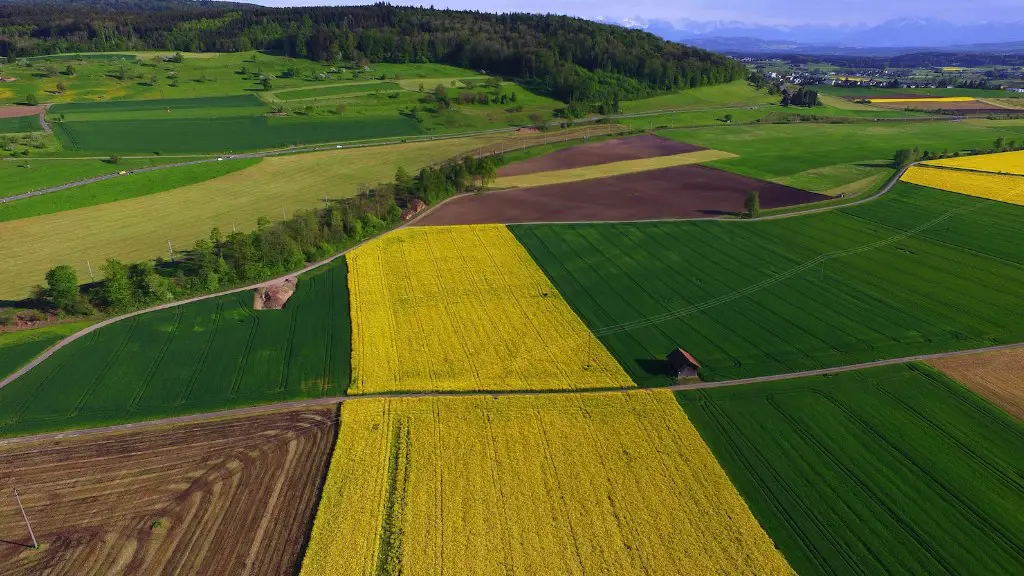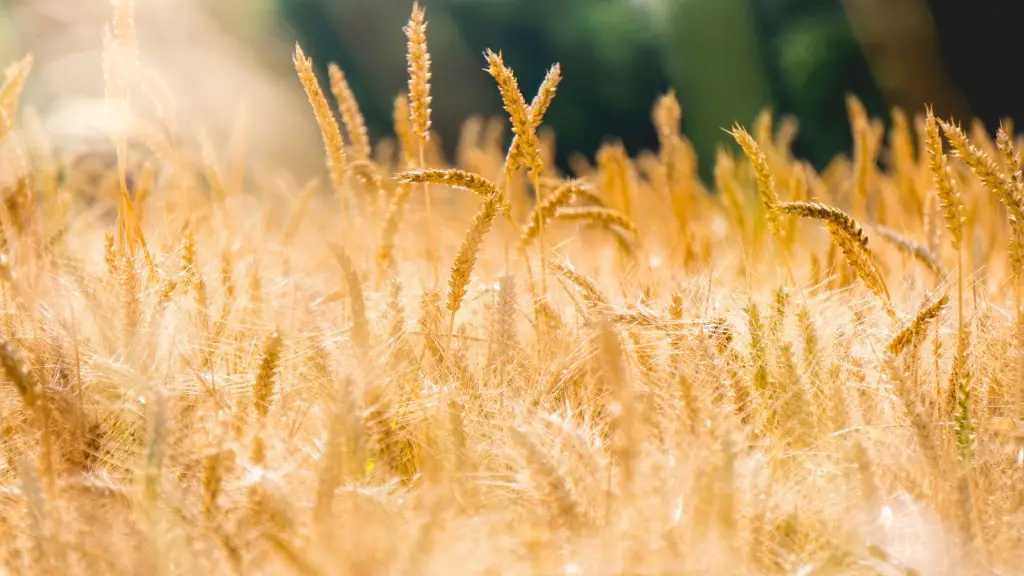Agriculture is the process of cultivating plants and animals for food, fiber, and other products. It began to be developed around 10,000 years ago in the Fertile Crescent, a region that includes the modern countries of Iraq, Iran, Syria, Lebanon, Israel, and Egypt. Agriculture allowed for the domestication of plants and animals, which led to the development of civilizations.
The precise date when agriculture was first practiced is uncertain, but the best estimates place it somewhere between 10,000 and 12,000 years ago, in the Late Mesolithic Period.
Where did agriculture first begin and when?
The Zagros Mountain range, which lies at the border between Iran and Iraq, was home to some of the world’s earliest farmers. Sometime around 12,000 years ago, our hunter-gatherer ancestors began trying their hand at farming. The Zagros Mountains provided a perfect environment for early agriculture, with ample rainfall and ample sunlight. The mountains also sheltered early farmers from the harsh weather conditions of the surrounding desert. Early farmers in the Zagros Mountains grew crops such as wheat, barley, and lentils, and raised animals such as sheep and goats. The Zagros Mountains were a key region in the development of early agriculture, and they continue to be an important agricultural region today.
The Egyptians were among the first peoples to practice agriculture on a large scale, starting in the pre-dynastic period from the end of the Paleolithic into the Neolithic, between around 10,000 BC and 4000 BC. This was made possible with the development of basin irrigation, which allowed them to grow crops in the otherwise arid climate of the Nile River Valley. The Egyptians used a variety of irrigation methods, including canals, dams, and levees, to maximize the productivity of their land.
What is agriculture and when did it start
Agriculture is a critical part of human history and development. It is responsible for the vast majority of the world’s food supply, and has been practiced for millennia. Today, it remains a vital part of the global economy and plays a major role in the livelihoods of billions of people around the world.
It is thought that agriculture began independently in both North and South America ∼10,000 years before present (YBP), within a few thousand years of the arrival of humans in the Americas. This contrasts with the thousands of years that people were present in the old world before agriculture developed.
There are a number of theories as to why agriculture developed so much sooner in the Americas than in the old world. One theory is that the Americas had a much more diverse range of plant and animal species to choose from, which made it easier for early farmers to find crops that were suitable for cultivation. Another theory is that the climate in the Americas was more favourable for agriculture than in the old world.
Whatever the reasons, the early development of agriculture in the Americas had a profound impact on the course of history. It allowed the population to grow and civilizations to develop, and eventually led to the colonization of the Americas by European powers.
Where did humans start farming in the US?
The first settlers in Plymouth Colony planted barley and peas from England but their most important crop was Indian corn (maize) which they were shown how to cultivate by the native Squanto. Indian corn was very important to the settlers because it was a versatile crop that could be used for many different things. The settlers used it to make flour, meal, and even alcohol. It was also a good source of food for livestock.
Lentils are a type of legume that have been around for over 13,000 years. They were an important part of establishing modern societies and were used in stews, soups and salads. Today, they are still eaten and considered to be a healthy food choice.
Who was the first farmers on earth?
The new study shows that the first farmers actually represented a mixture of Ice Age hunter-gatherer groups, spread from the Near East all the way to south-eastern Europe. This means that the genetic origins of the first agriculturalists in the Neolithic period are much more complex than previously thought.
It is believed that the first farmers began protecting their plants from birds and animals so that they could grow and the seeds could ripen. In this way, people became farmers and started to cultivate the land.
Which were the first crops grown by humans
Wheat and barley are two of the oldest crops that have been cultivated by humans. They have been around for thousands of years and are still a staple in many cultures today. Wheat is a versatile grain that can be used to make bread, pasta, cereal, and more. Barley is often used in brewing beer and making malt for whiskey. Both grains are a valuable source of nutrients and have played a major role in human history.
New economies based on intensive agriculture were so successful in some areas that cities grew and civilizations developed. The earliest civilizations based on intensive agriculture arose near the Tigris and Euphrates Rivers in Mesopotamia (now Iraq and Iran) and along the Nile River in Kemet (ancient Egypt). These civilizations were able to develop because they had access to fertile land, plentiful water supplies, and a moderate climate. They also had a system of writing, which helped them to record and share information.
What civilization did agriculture start?
Agrarian civilizations are those that primarily focus on agricultural practices, as opposed to hunter-gatherer societies. The first agrarian civilizations developed in a few select locations around the world, including Mesopotamia, Egypt, and the Indus Valley. These early societies laid the groundwork for subsequent civilizations to develop and grow. Agrarian civilizations are characterized by advances in irrigation and farming techniques, the domestication of plants and animals, and the growth of cities and trade.
It is believed that the first crops grown in the Americas were corn, beans, and squash in Mexico and Central America, and potatoes and tomatoes in South America. These crops were chosen because they were easy to grow and could be harvested quickly. They also had a long shelf life, which made them ideal for trading.
When did agriculture boom in the United States
The level of US farm output has increased significantly over the past few decades. In 1948, farm output was nearly triple what it is today, growing at an average annual rate of 153 percent. This growth is due in part to the introduction of new technology and farming practices, as well as the expansion of the American agricultural sector. Today, farming is a vital part of the American economy, providing jobs for millions of Americans and contributing to the country’s food security.
Farmers in the past would use animals to help them prepare the land for planting. In the springtime, they would need to plant the seeds, and the animals would help them work and till the ground. The animals would pull the plow so that the earth could be ready to harvest.
Why did humans start farming instead of hunting?
It has long been believed that our ancestors began farming some 12,000 years ago because it was a more efficient way of acquiring food. However, new research has suggested that this may not be the case. Instead, it is possible that the transition to farming was driven by a need to find new food sources as the climate began to change. This theory is supported by the fact that the first farmers appeared in regions that were becoming drier and cooler, and that they began to farm plants and animals that were well-adapted to these conditions.
This is an exciting new discovery that could change our understanding of the history of human civilization. This offers the first evidence that trial plant cultivation began much earlier than previously thought. This suggests that humans were experimenting with plant cultivation long before the first known civilizations arose. This is an important finding that could help us to better understand the development of human society.
Why did humans stop being hunter-gatherers
The Neolithic Revolution was a huge turning point in human history, marking the transition from a hunting and gathering lifestyle to one of settled agriculture. This shift allowed for much larger populations to be supported, and was a crucial step in the development of civilizations.
Radishes are a fast-growing vegetable that can be ready to eat in as little as 3 weeks from seeding. They are a cool-season vegetable, meaning they do best in spring or fall, before or after the heat of summer.
Final Words
The history of agriculture dates back to the very beginning of human civilization. The first farmers appeared over 10,000 years ago, and since then, agriculture has been an important part of human society. Today, agriculture is a vital part of the global economy, and it plays a significant role in the lives of billions of people around the world.
The history of agriculture is a long and complex one, with many different factors playing a role in its development. There is no one answer to the question of when agriculture began, as it likely started at different times in different parts of the world. However, we do know that agriculture has been a vital part of human society for thousands of years, and it looks like it will continue to be so for the foreseeable future.
